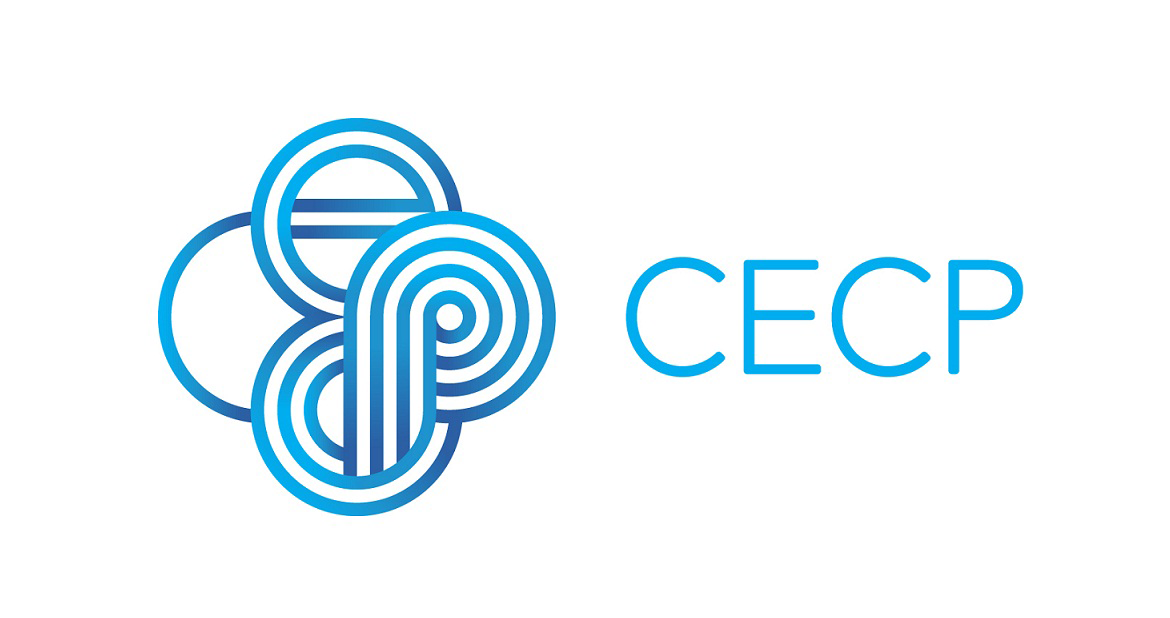How Purpose and Culture Are Driving Sustainable, Long-Term Growth and Profitability
By Daryl Brewster, CEO, CECP

As originally posted on CECP's Insights Blog
CEOs from institutional investor firms BlackRock and State Street released their annual guidance to companies on practices they “believe will drive sustainable, long-term growth, and profitability.” These letters were issued amidst widespread cynicism, both socially and economically, while anxious chatter continues about the role of business, capitalism, and strategic time horizons.
The 2019 Edelman Trust Barometer again confirmed that the business-social connection is not optional. Employees trust their CEOs but expect them to act on relevant social issues. The Financial Times asks us, “Should business put purpose before profit?”, quoting Oxford’s Colin Mayer who defines corporate purpose as “producing profitable solutions to problems of people and planet.” Blackrock’s Larry Fink states, “Profits are in no way inconsistent with purpose – in fact, profits and purpose are inextricably linked.” In CECP’s annual trends, it states, “[companies] explore what their purpose is and…bring that purpose to life through intentional practices and strategies. They use a human-centered lens for all business operations … to see around corners and deliver a competitive edge.”
It’s clear that effective companies cannot ignore social needs in pursuit of profit, but how do businesses navigate what’s coming and what role do they play in solving social challenges?
Three Vital Audiences
CECP partners with leading global companies to give shape to and make actionable the high-level encouragement provided by the BlackRock and State Street letters, work CECP has been engaged in with companies for the last 20 years, since its founding by Paul Newman, John Whitehead, David Rockefeller, and other business leaders. In Measuring the Value, CECP identified three vital audiences companies must engage to measure and communicate business’ social impact—1) INVESTORS, 2) INTERNAL, and 3) SIGNIFICANT STAKEHOLDERS:
Read the complete blog post on CECP's Insights Blog: https://cecp.me/2DBQFbx

